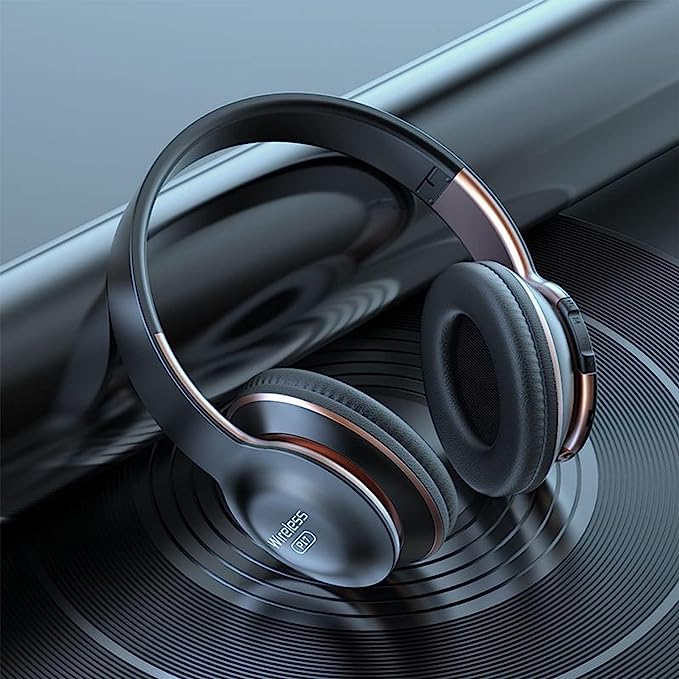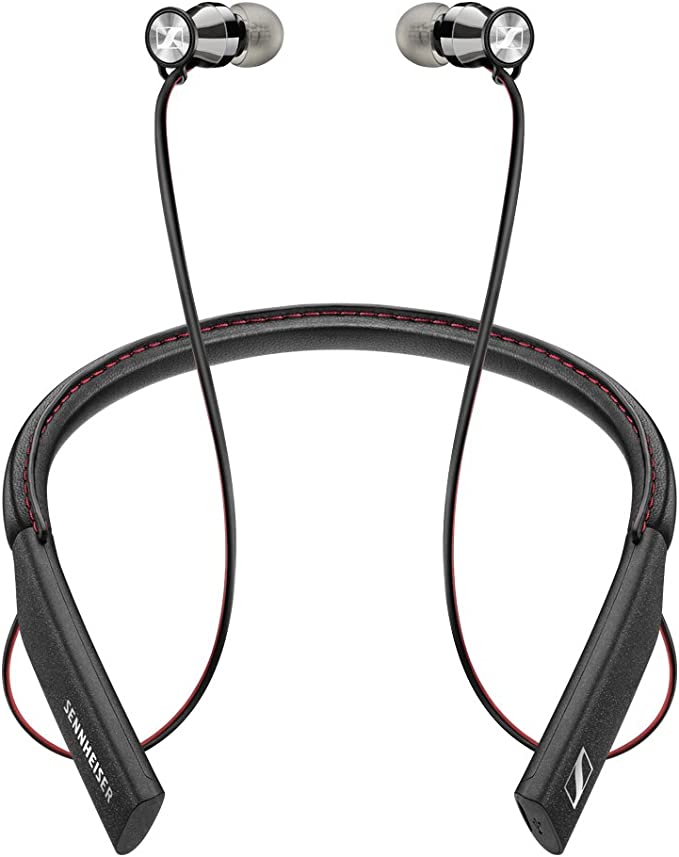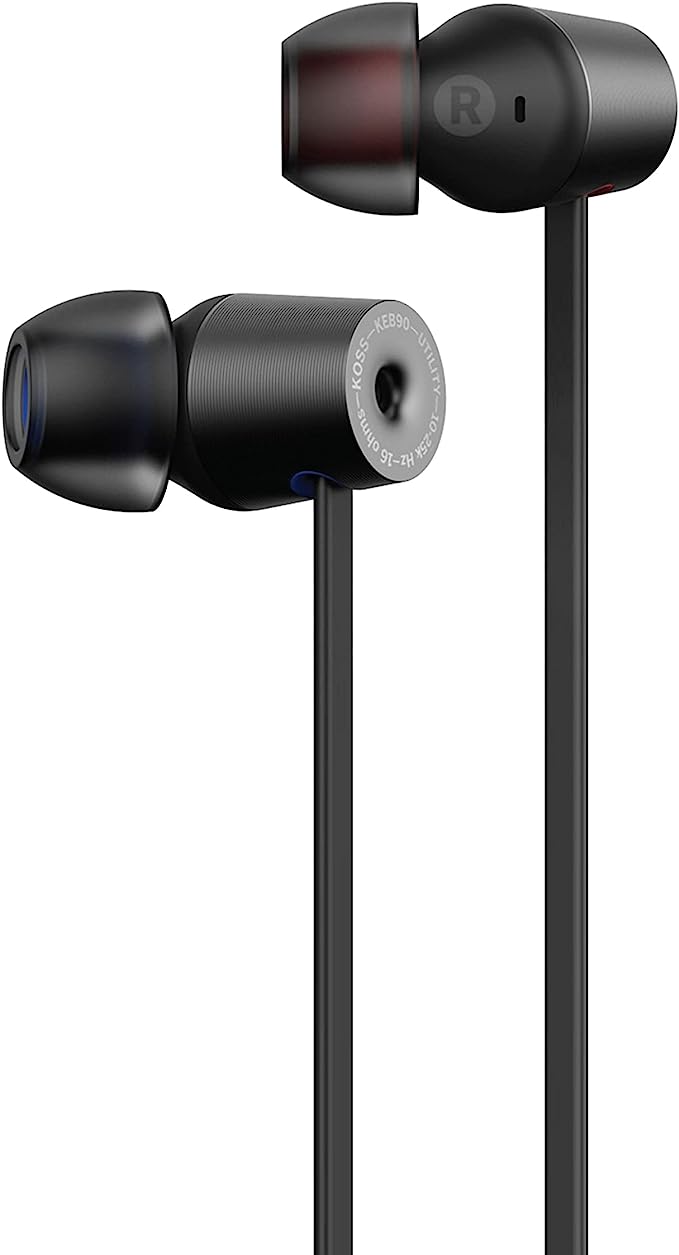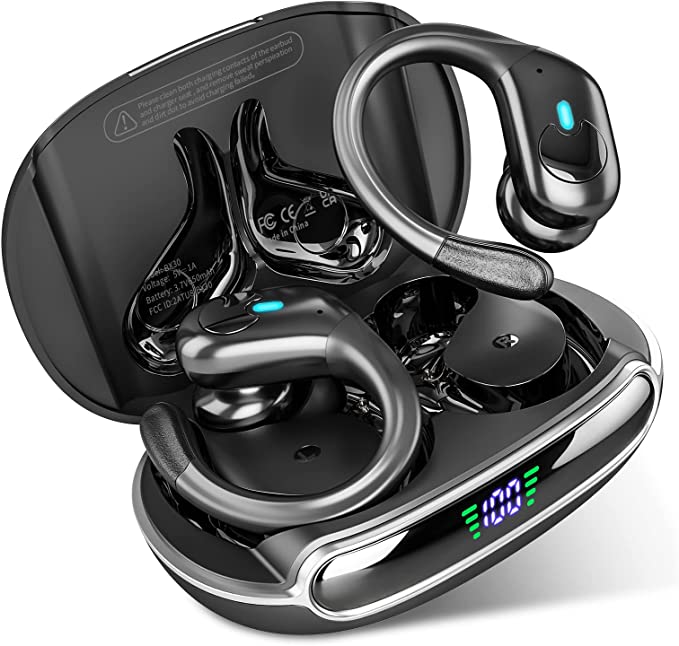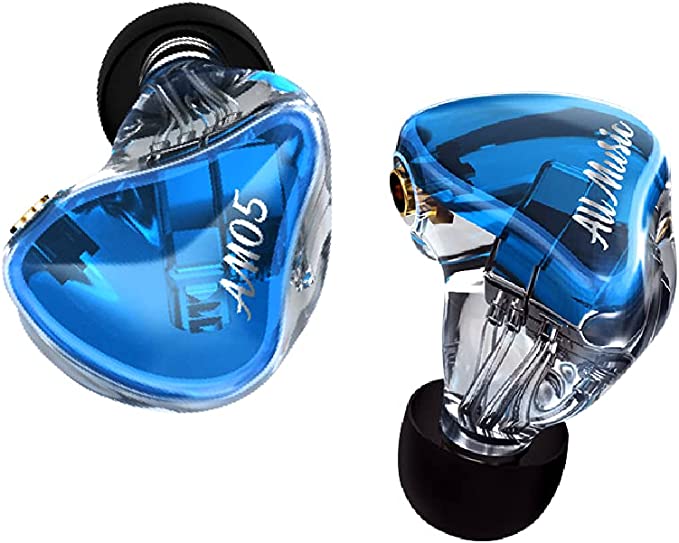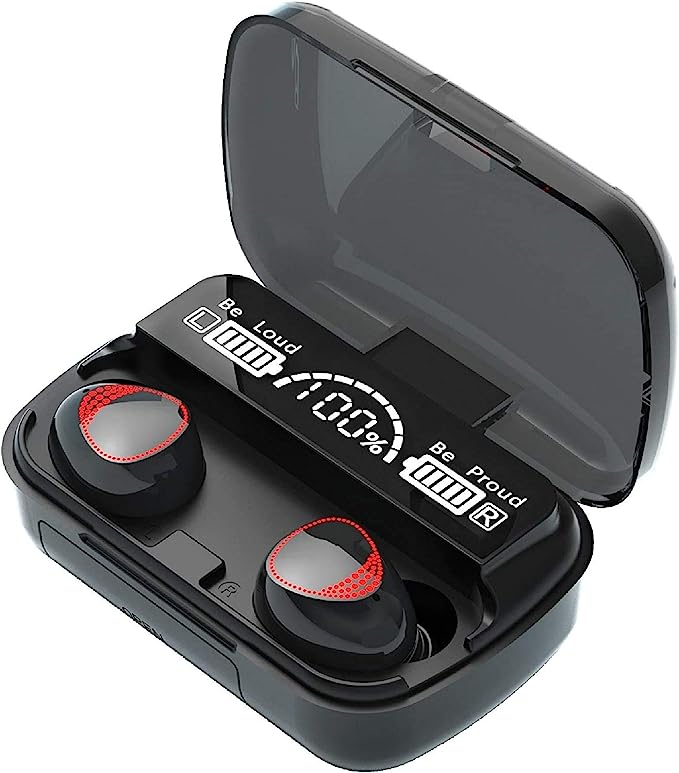Bose Bass Module 700: Experience Thunderous Bass at Home
Update on Sept. 22, 2025, 12:38 p.m.
There’s a primal satisfaction to low-frequency sound. It’s the chest-thumping impact of a kick drum at a live concert, the floor-shaking rumble of an explosion in a movie theater. It is a physical sensation, a pressure wave that communicates power and scale in a way our ears alone cannot. We don’t just hear deep bass; we feel it. Yet, chasing that clean, tactile sensation in our own homes often leads to a frustrating paradox: the more we turn up the bass, the worse it sounds. It becomes a muddy, indistinct roar—a boomy, one-note behemoth that overwhelms everything.
This isn’t a failure of your equipment alone. It’s the result of an invisible war being waged in your living room every time you play a note below 200 Hz. The combatants are the laws of physics, and the battlefield is the very room you’re sitting in. Understanding this conflict is the key to understanding why “perfect bass” is less of an achievable goal and more of a negotiated truce—a truce brokered by some fascinating feats of modern acoustic engineering.

The Room is Lying to You
The single most significant, and most overlooked, component of any sound system is the room itself. For high-frequency sounds with their short, nimble wavelengths, the room is a relatively simple space to navigate. But for the long, lumbering wavelengths of bass, your rectangular living room is a house of mirrors, an acoustic torture chamber.
When a subwoofer, like the Bose Bass Module 700, pushes a 40 Hz wave into the room, that wave—measuring over 28 feet in length—doesn’t just travel to your ears. It slams into your walls, floor, and ceiling, reflecting back on itself. These reflected waves collide and interfere with the new waves coming from the speaker. This interference creates a phenomenon known as standing waves.
Imagine the surface of water sloshing back and forth in a bathtub. In certain spots, the waves collide and create a much higher peak; in others, they cancel each other out, leaving the water eerily still. This is precisely what happens with sound in your room. Standing waves create a series of invisible peaks (areas of intense, boomy bass) and nulls (acoustic dead spots where the bass seemingly vanishes). This is why the bass might sound overwhelming on your sofa, but weak and anemic just a few feet away by the bookshelf. Your room, by its very nature, is lying to you about the sound your speaker is actually producing.

The Engineer’s Choice: Brute Force vs. Efficiency
Long before a sound wave ever enters the room, its character is shaped by the physical design of the subwoofer’s enclosure. For decades, engineers have faced a fundamental choice, a classic trade-off between two design philosophies: the sealed box versus the ported box.
A sealed box (or “acoustic suspension”) design is simple: a driver in an airtight cabinet. It’s known for tight, accurate, and well-controlled bass, but it’s terribly inefficient. It requires a huge amount of amplifier power to produce deep notes.
The ported box (or “bass reflex”) design is a more cunning approach. It incorporates an open tube or port, turning the entire enclosure into what physicists call a Helmholtz Resonator. It’s the exact same principle as when you blow across the top of a bottle to create a low-pitched tone. The air inside the box acts like a spring, and the “plug” of air in the port acts as a mass. At a specific frequency determined by the box and port size, this system resonates, powerfully reinforcing the bass output. This makes ported designs far more efficient, allowing them to produce deeper bass with less power. It’s why the Bose Bass Module 700, despite its relatively compact 11.6” x 11.6” footprint, can generate such a powerful low-end response.
But this efficiency comes at a cost. The high-velocity “plug” of air rushing in and out of the port can become chaotic. This is where the war against distortion moves from the room to the interior of the speaker itself.
Taming the Air: The Aerodynamics of Sound
As the subwoofer’s driver moves violently to reproduce a powerful bass note, it shoves a huge volume of air through the port at high speed. In a poorly designed port, this airflow ceases to be smooth and predictable (laminar) and becomes chaotic and noisy (turbulent). We hear this turbulence as an unpleasant “chuffing” or “puffing” sound, a form of distortion that masks the detail of the music.
Solving this isn’t just a matter of acoustics; it’s a problem of fluid dynamics, the same science used to design a quiet jet engine or a Formula 1 car’s wing. The goal is to keep the air moving smoothly, to prevent it from tumbling over itself. This is the engineering challenge that Bose’s QuietPort technology is designed to address. By carefully shaping the geometry of the port—likely using flared entries and exits and a specific internal structure—the design encourages the air to flow in a laminar state, even at high volumes. It’s a purely physical solution to a physical problem, an attempt to produce a cleaner, less distorted sound wave at its very source, before it ever has a chance to do battle with the room.

The Digital Counter-Offensive: When Physics Needs a Brain
Even with an aerodynamically perfect port, the sound wave still has to face its ultimate enemy: the deceptive acoustics of the room. A clean signal entering a flawed environment still results in a flawed listening experience. For decades, the only solutions were physical: rearranging furniture or installing bulky, expensive acoustic treatments like bass traps. But modern audio has a more elegant weapon: Digital Signal Processing (DSP).
DSP is the “brain” of a modern active speaker. It’s a powerful microchip that can analyze and manipulate an audio signal in real-time with incredible precision. One of its most powerful applications is Digital Room Correction, a technology exemplified by systems like Bose’s ADAPTiQ.
As described in its manual, the ADAPTiQ process is, in essence, an automated acoustic reconnaissance mission. The system uses a headset with a microphone to “listen” to a series of test tones from your exact listening positions. The DSP chip compares the pristine signal it sent out to the distorted, mangled version that the microphone hears after the room has worked its dark magic.
Armed with this data, the DSP builds a precise map of your room’s acoustic crimes—identifying every frequency peak and null caused by standing waves. Then, it performs an act of digital alchemy: it generates a highly complex, inverse equalization filter. For every frequency your room is excessively boosting, the DSP cuts it. For every frequency your room is canceling, the DSP boosts it. It doesn’t physically change the room; it pre-emptively “un-distorts” the signal before it leaves the speaker, creating a customized sound that is perfectly tailored to counteract your room’s specific flaws. It’s a software counter-offensive to a hardware problem.
The Final Hurdle: The Freedom and Flaw of Wireless
This entire system of correction relies on one final, modern convenience: the freedom to place the subwoofer in the acoustically correct spot, which is rarely the most aesthetically pleasing one. Wireless connectivity is the great enabler here. But it also introduces the final skirmish in our invisible war.
As some user reviews for wireless subwoofers mention, a mysterious “popping” sound can sometimes occur. This is often the sound of data loss. Your home’s Wi-Fi network is a bustling, chaotic RF environment. Signals from your router, your phone, and your neighbors’ networks are all competing for the same airspace. When a packet of audio data is lost or delayed in this digital crossfire, you hear a glitch. Acknowledging this physical limitation, engineers often provide a pragmatic fallback. In the case of the Bass Module 700, it’s a simple 3.5mm input jack—a physical cable that offers a trade: sacrificing the convenience of wireless for the immutable reliability of a wired connection.
Ultimately, the quest for clean, powerful bass at home is not about finding a single perfect product. It is about appreciating the multilayered battle being fought against the unforgiving laws of physics. It’s a fight that employs the brute force of powerful drivers, the elegant physics of Helmholtz resonators, the aerodynamic finesse of laminar-flow ports, and the cunning intelligence of digital signal processing. It’s a war that is never truly won, but through this remarkable combination of hardware and software, a beautiful and thunderous truce can finally be achieved.

















